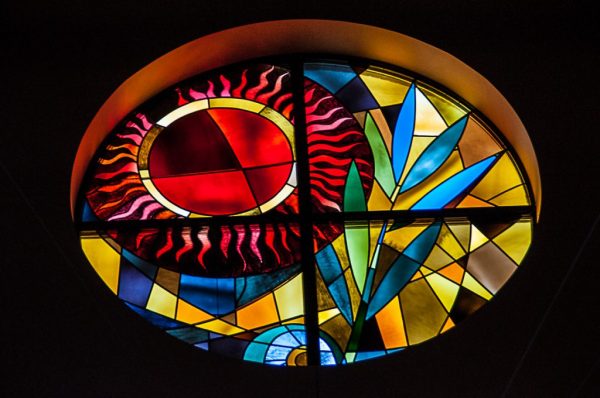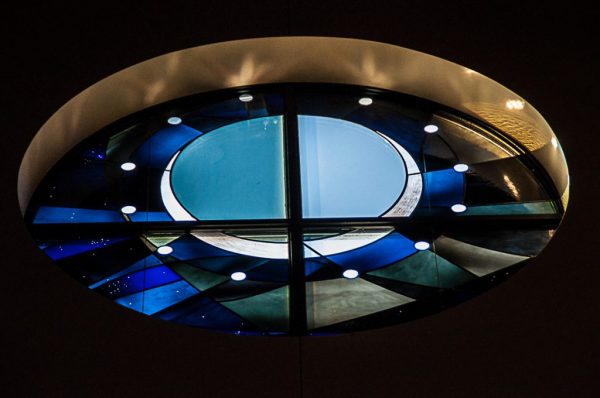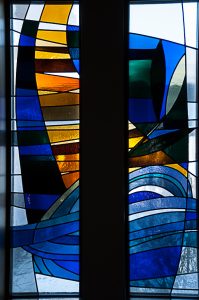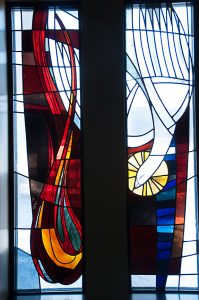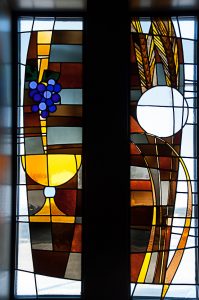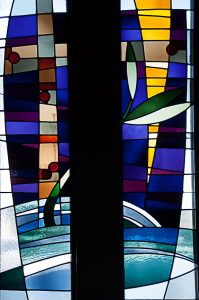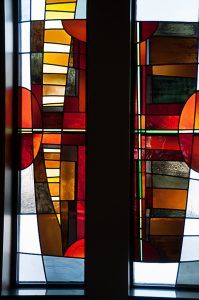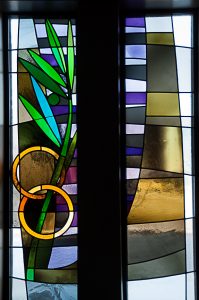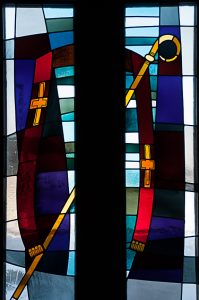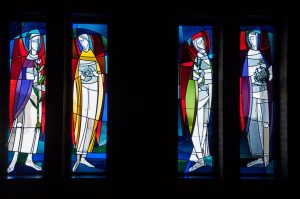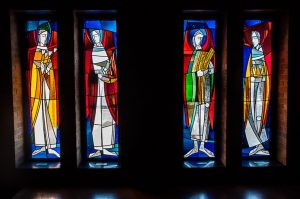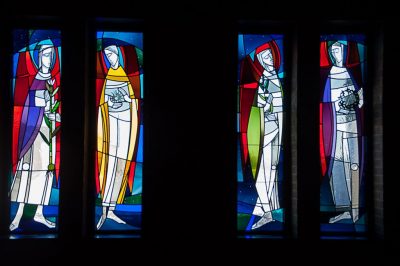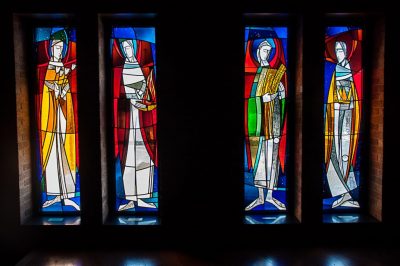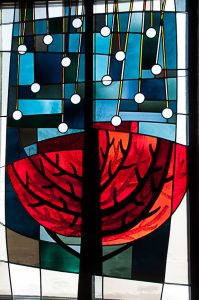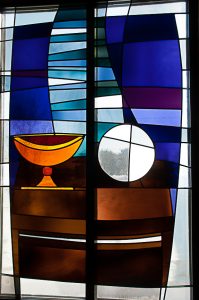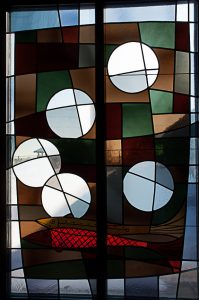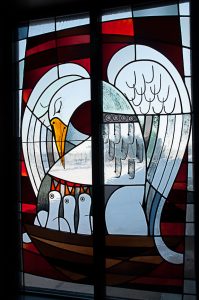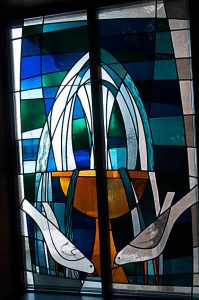Our History
Our Parish History: Saint Patrick Church of Merna
In 1883 when Bishop John Lancaster Spaulding established St. Patrick Church in Merna as a separate parish from Holy Trinity in Bloomington, Masses were being held in a schoolhouse. It was not until 1891 that a church was dedicated, which was built for $13,500. The first tornado struck the church in Merna in 1902 and caused severe damage. Repairs took several months, during which time Masses were celebrated on the church lawn. Over the next eighty years, the parish grew slightly. It remained a solid symbol of the Catholic faith in the farming community around Merna in eastern McLean County.
On August 24, 1982, a second tornado destroyed the church in Merna. Under the leadership of Bishop Edward O’Rourke, the Diocese of Peoria decided to rebuild the church on the corner of Route 9 and Towanda Barnes Road. This property was owned by the James Dee family. The cost of the church built in 1982 was $950,000 with a capacity of 400. At the church dedication on December 1, 1985, the parish had grown to about 75 registered households. The predictions were coming true of a rapid increase in population on the east side of Bloomington, and the parish went on to add over 150 new families a year.
In 1991 the Pastoral Planning Commission of St. Patrick Church of Merna began planning for the parish’s future needs. Recommendations were to increase space for nearly every aspect of our parish life: worship, administrative, religious education, parish programs, nursery, library, parking, and elementary and high school space. After much planning and discussion, it was determined an increase in facilities would have to take place over several years. The first phase was to add space for administration, a multi-purpose room for religious education and other parish programs, a nursery, and a library. The parish also purchased ten acres of property for increased parking and future growth. On January 4, 1998, Bishop John J. Myers blessed a $1.3 million addition completing the first phase of expansion.
A capital campaign in 2004, “A Dwelling for God’s Family,” was successful in raising pledges and donations in excess of $5.1 million. After many months of planning with Graham & Hyde Architects and contractor P.J. Hoerr, Inc., the parish broke ground to construct the new church on June 9, 2005.
After fifteen months of construction, the Dedication of the new St. Patrick Church of Merna took place on Sunday, November 5, 2006, with Bishop Daniel R. Jenky, CSC, presiding.
As visitors approach the church, they first notice the 200-foot tall bell tower dedicated to all who have served St. Patrick’s parish since the late 1800s. The tower includes the original bell from the church in Merna. The bell was recovered from the ruins of the church after it was destroyed by the tornado in 1982.
In the gathering space, guests are greeted by the familiar stained glass window that had previously served as the visual centerpiece in the worship space of the old church. This window represents the rural beginnings of the parish. The colors begin at the bottom with earth tones from black to red clay and then into a spectrum of greens for the plants and the browns, tans, golds, and yellows of ripe grain. Finally, the colors move into the different shades of blue for the sky.
Upon entering the worship space, one will encounter the signature architectural feature of the church, the baptismal font. The water of the baptismal font pours out of the font into the church representing the grace of Baptism flowing to God’s people, the Church.
Our new addition includes a 900 square foot nursery that opens to a playground. Other features of the new addition include a deacon’s office, bridal dressing room, music practice room, vesting and work sacristies, and music and mechanical storage areas.
History and Meaning of our Stained-Glass Windows
About the artist and designer of the windows
All of the stained glass windows in the church and chapel, as well as the altar, lectern, tabernacle and stand, presider chair, deacon chair, cantor stand, candle stands in the sanctuary, dedication candles, paschal candle, and baptismal font, were designed by Brother Martin Erspamer, OSB.
Brother Martin Erspamer, OSB, is a monk of St. Meinrad Archabbey in southern Indiana. He received his MFA from Boston University and certification as a liturgical designer from Catholic Theological Union in Chicago. He has worked on many churches and chapels across the United States as well as in Rome and India.



